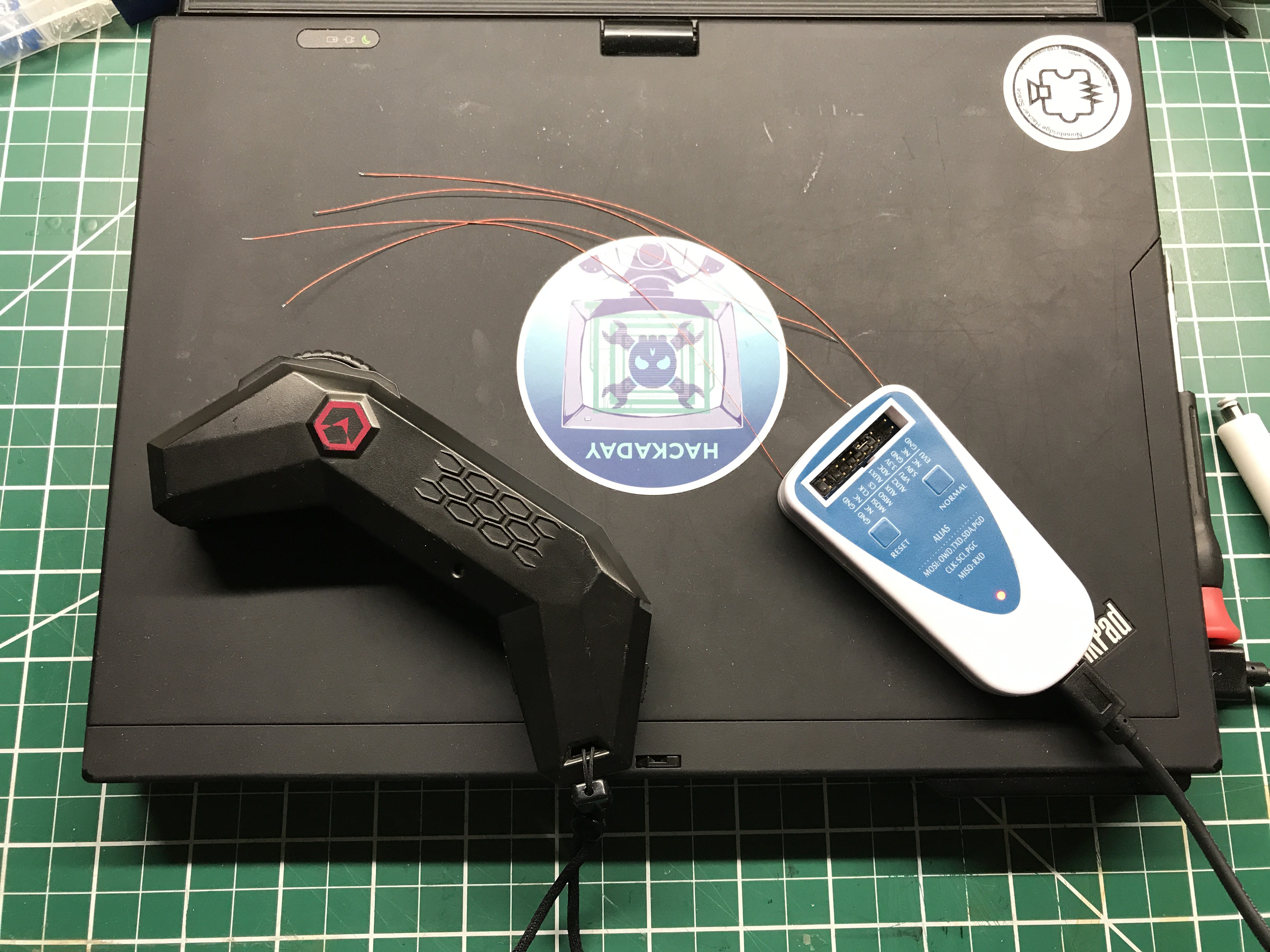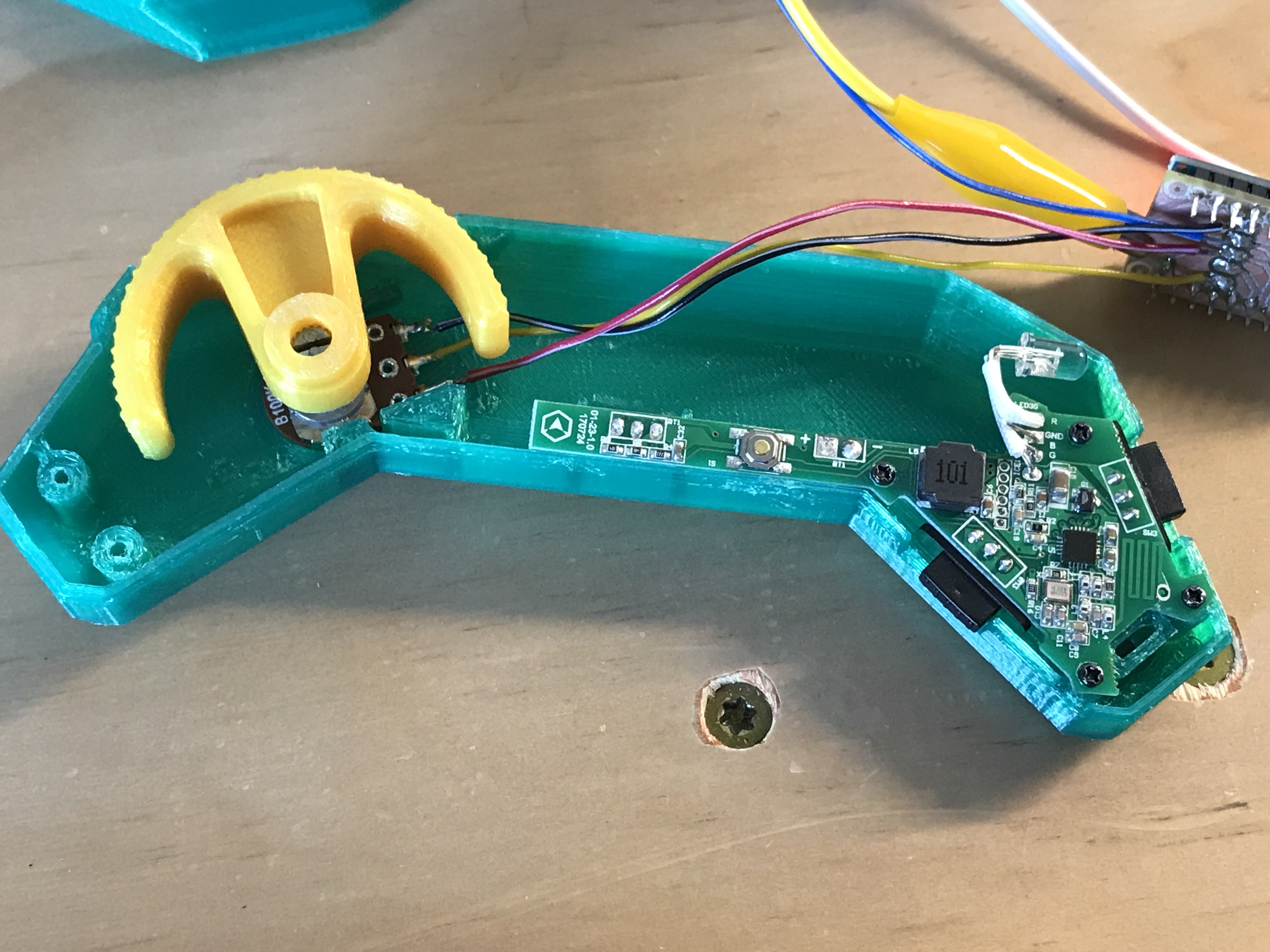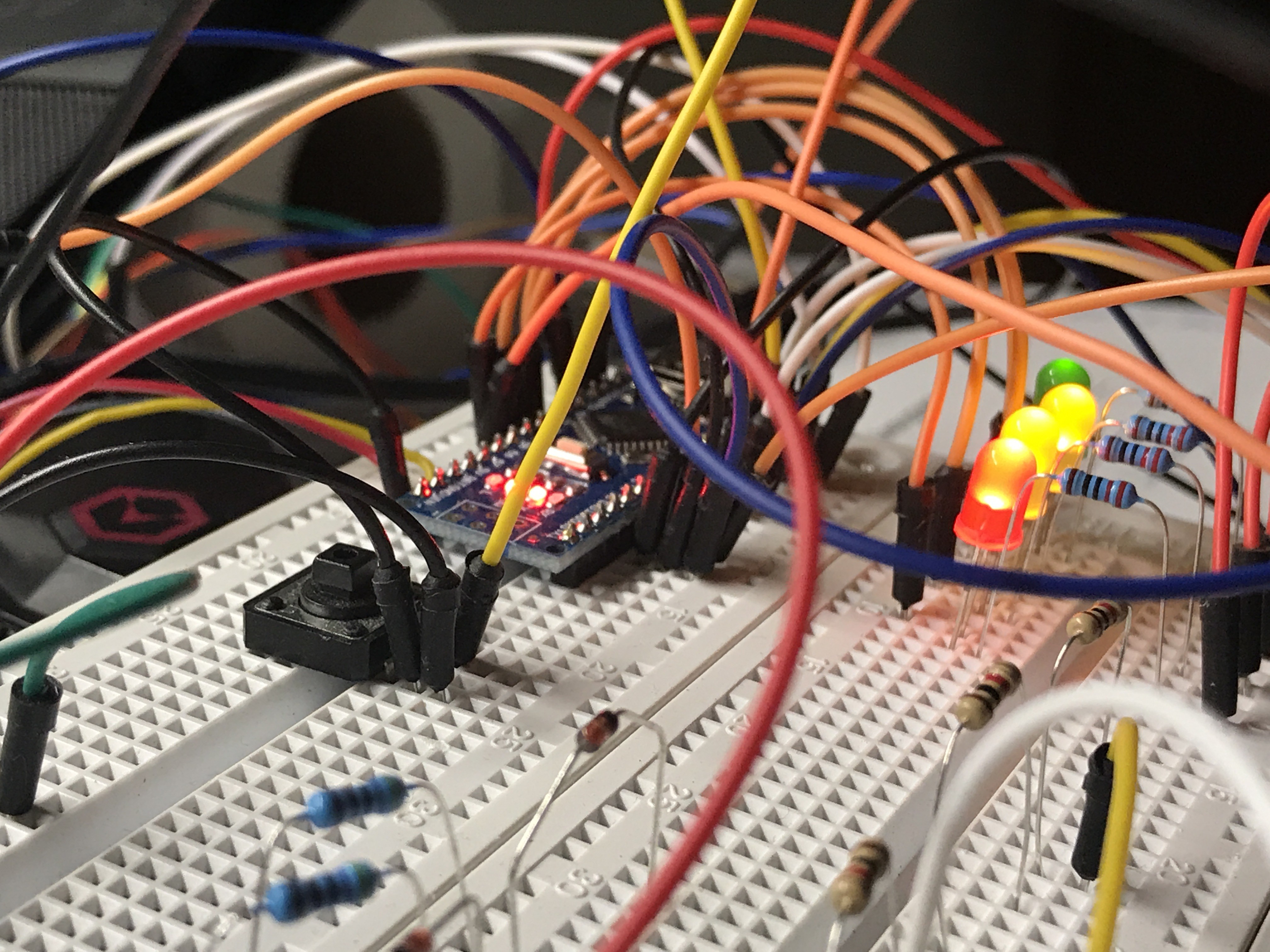Slightly disappointed not being able to take over the board itself, I set out to modify or even replace the god awful remote. It has so many issues, I couldn't enjoy riding the skateboard with it. Mind you, the board itself is great but the remote is, from an electrical and software standpoint, unbearable. So there was only really one option...


After opening that thing up, a rather nice PCB design was revealed that was clearly custom in nature! Extremely compact, with custom NRF layout and antenna, power supply for only two AAA batteries, full color LED and the source of all evil: The god awful 4ct 1-axis joystick!
At first I tried to use this board and only replace the potentiometer.

Great idea, but the firmware driving this remote had a lot of other issues. One of them is the idea to only send data every half second when one is not moving the throttle. They do that to save energy.
I understand that they where VERY interested in saving as much energy as possible but my testing has shown that the batteries last about 300+ miles so that's really not a concern. My testing has also shown later on that constantly sending at the highest power setting or not even connecting the entire NRF module... makes 0.5mA - 1mA difference.
Why is slow sending an issue? Because packages can get lost or damaged during the transmission, for example when driving in front of a high power communication antenna from one side of the San Francisco Bay to the other or you are driving in the WiFi polluted areas of your town. In those cases, the board feels extremely unstable and shows a lot of longitudinal jitter! This is horrible to drive and simply feels broken!
Expecting essentially zero success rate reverse engineering the actual controller chip, I decided to be more radical and build the entire thing from scratch based on an Arduino Nano clone, an NRF24L01+ module, a small boost converter a bunch of LEDs, a switch and a normal potentiometer. Here is my first bread board prototype showing a fully charged board battery. But I'm getting ahead of myself.

 Timo Birnschein
Timo Birnschein
Discussions
Become a Hackaday.io Member
Create an account to leave a comment. Already have an account? Log In.